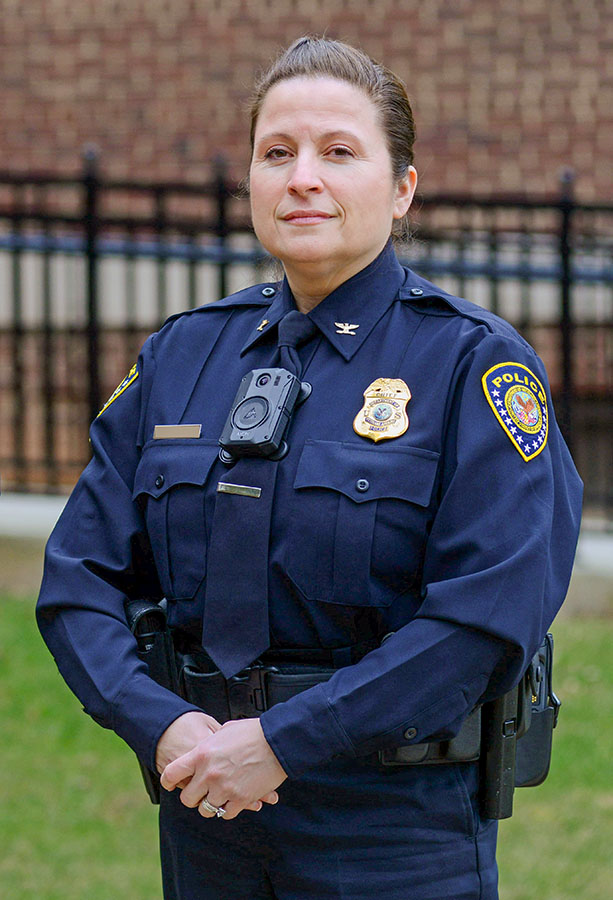The VA Police are the armed and uniformed federal law enforcement service of the U.S. Department of Veterans Affairs (VA). VA Police are responsible for the protection of VA Medical Centers (VAMCs) and other facilities such as Community-Based Outpatient Clinics (CBOCs), Health Care Centers (HCCs), annexes, and other facilities operated by VA. The VA Police also serve VA’s National Cemetery Administration (NCA) and Veterans Benefits Administration (VBA), including locations in Puerto Rico and the U.S. Virgin Islands. The safety, security, and wellness of all who provide care and services is a leadership priority.
The primary role of the VA Police is to deter and stop crime, keep order, and investigate crimes that may have happened within the legal authority of the VA. Some cases are investigated by special agents from the VA Office of the Inspector General (OIG).
VA Police and police specialty positions, such as Criminal Investigators, get their authority legally from Title 38 of the United States Code (USC), Sections 901 and 902. Rules, regulations, and enforcement actions specific to the VA are written in Title 38 of the Code of Federal Regulations (CFR).
Local VA Police Services structure
Each local VA Police Service have a rank structure and roles that range from sergeant to chief. The VA Police also have groups of specialty jobs or service elements, such as K-9, bicycle, and motorcycle patrols.
Partnering with local law enforcement
The Chief of Police Service is required to have written agreements with local law enforcement partners. These written agreements outline how community agencies respond to crimes that happen on VA property, to include our Community-Based Outpatient Clinics (CBOCs), Health Care Centers (HCCs), annexes and other sites.
We conduct joint training with our local law enforcement partners to build up relationships, and skills and tactics. These tactics may include active threat drills, crisis intervention training, disaster response, and more.

VA Police safety services include
- Law enforcement
- Criminal investigations
- Crime prevention
- Exterior vehicle patrols
- Interior foot patrols
- Physical security surveys
- Vulnerability surveys
- Predictive crime analysis
- Telecommunication services
- Partnerships with surrounding jurisdictions with information sharing
- Workplace violence prevention
- High-level facility committees that address workplace violence and physical security
Interested in becoming a VA Police Officer?
VA Police is looking for qualified applicants to join its team. Desirable candidates must have either criminal justice education, experience as a police officer, experience as a military police officer or a combination of education and experience. Visit USAJOBS to view current VA Police job announcements.
Transitioning service members may be eligible for employment training, internship, and apprenticeship opportunities with VA police through the DoD SkillBridge program. For more information email Skillbridge.vapolice@va.gov.
How to Obtain a Copy of a VA Police Report
To obtain a copy of a VA Police Report, you must submit a Freedom of Information Act (FOIA) request to your facility VA Privacy Officer. For more information, visit FOIA Requests – Freedom of Information Act FOIA.

